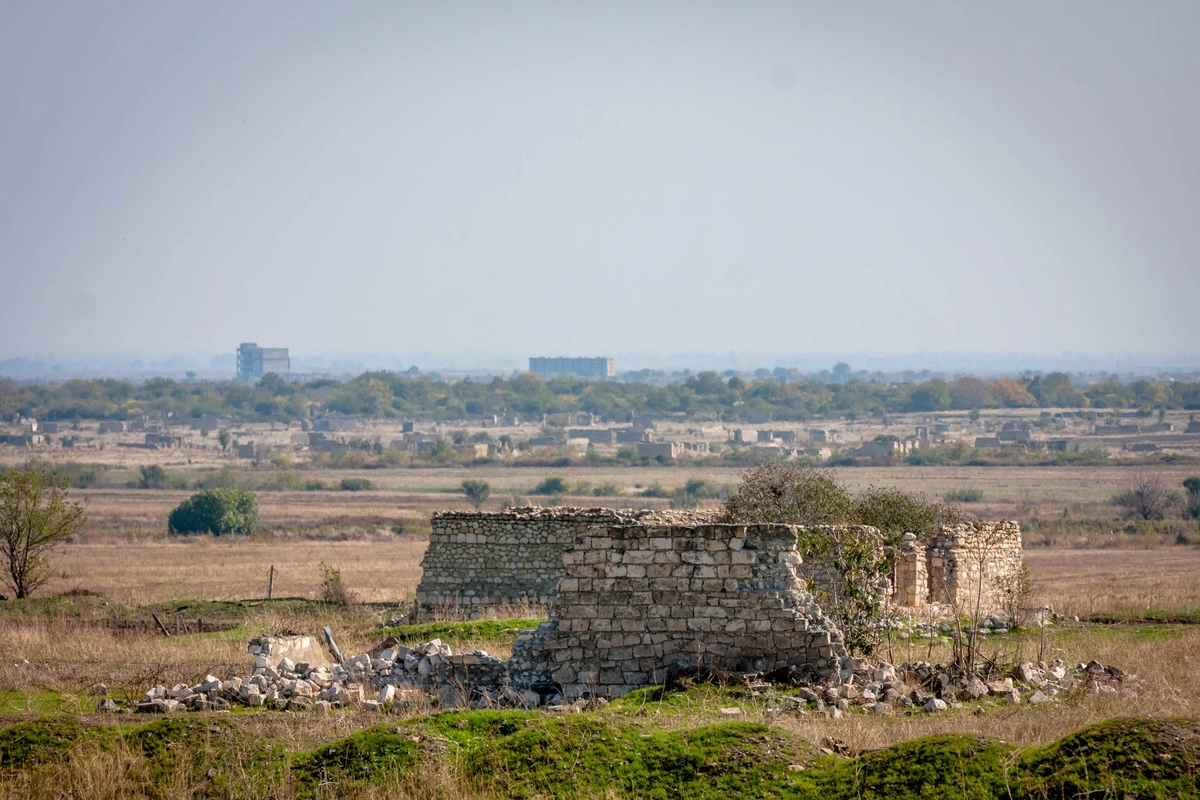
Karabakh, Azerbaijan, Armenia
Image: Mato Z/Shutterstock
For nearly 30 years, Armenia presumed that it would never need to return the Azerbaijani lands it had occupied since the First Karabakh War of the early 1990s. As a result, some notable industrial installations came to straddle the half-forgotten borderline. With the Second Karabakh War of 2020 reverting frontiers to those of the Soviet era, this carelessness has come back to haunt several investors.
Nowhere is such a situation more apparent than at the controversial Sotk/Zod Gold Mine now lying partly in the Gegharkunik region of Armenia and partly in the Kelbajar region of Azerbaijan. The mine has been operating since the 1970s, but in 2007, Russian company GeoProMining was unilaterally given the operating concession by Armenia. Baku wasn’t consulted on the issue, even though much of the rich ore lies on the Azerbaijani side of the border.
On November 25, 2020, around two weeks after the end of the 2nd Karabakh War, around 300 Azerbaijani troops arrived at the site with GPS equipment to ascertain the correct division of the mine into appropriate national sections. Despite initial pessimism, the Armenian part of the mine soon reopened. However, the site’s division made management understandably more difficult (and probably less profitable). That, in turn, led to many workers being laid off and others going unpaid (or partially paid) for several months, culminating in a strike by April 2021.
The mine overlooks the Sotk/Zod Pass on the paved, albeit, narrow Shusha-Vardeniz road, which zigzags up a

Two 47m, 660kW wind turbines built by an Armenian company but on land that’s just across the Azerbaijani border. This promotional video shows that the site commands remarkable views, and the location is of considerable strategic value.
In 2018, the Zod Wind company installed here the first two of some 20 planned wind turbines. Oddly, however, the company chose to place them at 40°13’34.2 “N 45°58’33.1 “E, just a few metres across the border in Azerbaijan – assuming that the land would never be reclaimed. However, since November 2020, the windmills and the generating company lie in different countries, and the highly

For now, these places are flashpoints for cross-border sniping incidents. Most recently, on August 16-17, Armenian sources reported that between one and three Azerbaijanis had been killed, with over a dozen more wounded. It was also reported that staff from the Armenian side of the gold mine were being evacuated. In an ideal world, however – once the mutual distrust between old enemies Azerbaijan and Armenia has been resolved – both the wind farm and the giant mine hold golden opportunities for shared projects that could benefit both sides by working closely together.
Share on social media